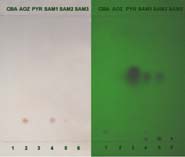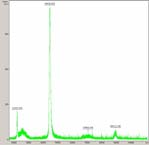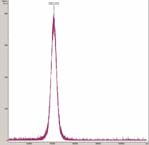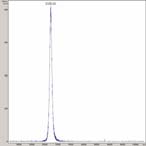ginseng
1. INTRODUÇÃO Esta espécie é uma das mais antigas em uso popular, referidas desde a ancestralidade na fitoterapia chinesa. Essa marcante presença despertou o interesse da ciência e o ginseng caracteriza-se como uma das espécies mais estudadas em todo o mundo, constituindo-se num claro exemplo de fitoterápico com reconhecimento experimental e científico. Corresponde às raízes d












 Production and characterization of monoclonal
Production and characterization of monoclonal